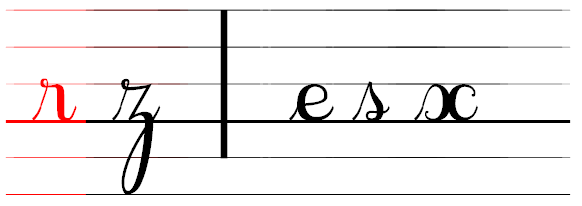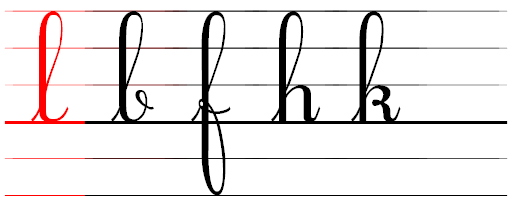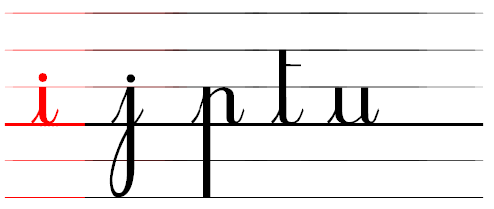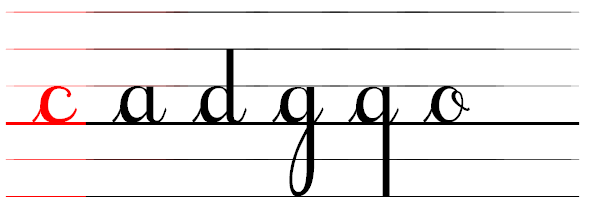This business English sentence is a little bit long, but if we break it into pieces, it becomes easier to understand.
S = NP VP
Most English sentences consist of two parts: a noun phrase (NP) and a verb phrase (VP), so the first step is to find the NP and VP. Our first verb is strive, so this is the beginning of the VP. Strive is followed by to and a second verb ensure. In a verb group (VGP) only the first verb carries a tense, so we use to to show that the second verb has no tense.
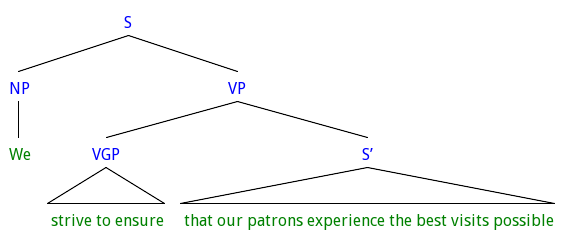 |
| Syntax-Tree-1 [S [NP We] [VP [VGP strive to ensure] [S’ that our patrons experience the best visits possible]]] |
.png)

--CC%2BBY-NC-SA%2C%2BRobert%2BMATTHEWS%2C%2B2015.png)
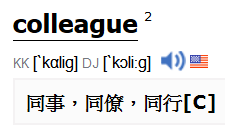
.png)
